How to choose the right frequent flyer program
Though Qantas Frequent Flyer or Velocity are solid options, you may be better off joining an overseas loyalty program.
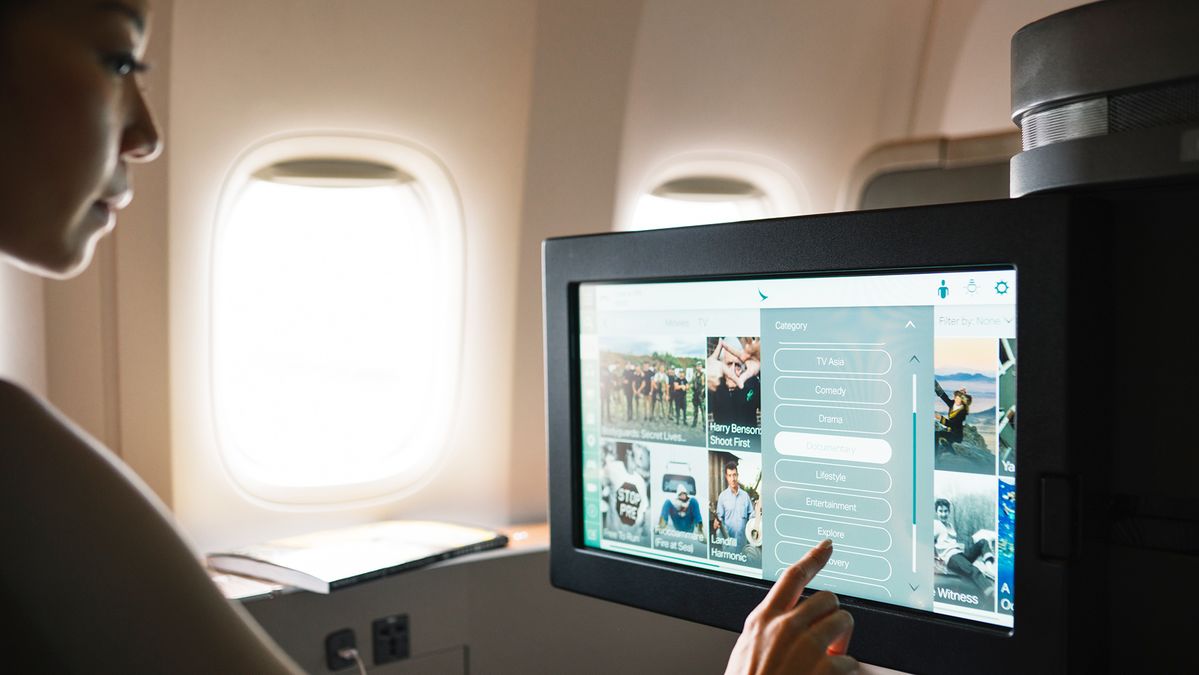
Whether a constant traveller or part-time explorer, joining a frequent flyer program is one of the smartest decisions you’ll ever make. That said, it also needs to be the right program – one fitting both your life and preferred travel style.
While Qantas and Virgin Australia Velocity Frequent Flyer are solid choices, there are good reasons for casting the net wider and considering an overseas program: lower redemption rates and a larger route network, for example.
With that in mind, choosing an international program as your primary account, while keeping Qantas or Velocity to hoover up points from daily spending, could be a better option.
1. Earn, not just burn
What do you want from your frequent flyer program? Lounge access and upgrade opportunities are common baselines for many travellers, but you shouldn’t overlook reward value.
If you have lots of travels on the cards, it’s a good idea to first check the points/miles ‘earn calculator’ of each program to see which delivers the best value on your intended route.
In many cases, redemption rates on overseas airlines can be more generous than Qantas or Velocity – i.e. fewer points needed for reward seats.
For example, consider Cathay Pacific’s Cathay program (which can be used on Oneworld partners), and Singapore Airlines’ KrisFlyer, a long-time favourite for Star Alliance.
You have limited options for earning miles in these programs within Australia, as there are only two primary ways to boost your balance – fly regularly within their alliance or transferring points from other sources.
Qantas and Velocity, however, make it easy to earn points in varied ways, including credit cards, fuel, shopping and ridesharing. On top, the points and status credits you can earn flying them can be high, especially for international premium cabins.
The following compares what you could earn flying Sydney to London on Cathay Pacific and Qantas business class, while crediting points to either Cathay or Qantas Frequent Flyer.
| Sydney to London business class | Crediting to Asia Miles and Cathay | Crediting to Qantas Frequent Flyer |
| Qantas via Singapore | 13,216 miles & 85 Status Points | 20,150 points & 295 status credits |
| Cathay Pacific via Hong Kong | 19,000 miles & 190 Status Points | 13,000 points & 120 status credits |
In this example, a Qantas frequent flyer in QF business class would net the most points and enough status credits for Silver status in one trip. When flying Cathay Pacific, you would barely be halfway to Silver in either Cathay or Qantas Frequent Flyer.
So if your goal is quickly earning or maintaining status, it makes sense to fly Qantas and credit to your QFF account. And if you already hold Qantas status, your loyalty bonus would see your points skyrocket – Silver members net 26,350 points, while Platinum One members would earn a whopping 32,550 points from the same flight.
If status is not a priority and you just wanted to maximise your stash of valuable Asia Miles, then flying Cathay Pacific and crediting to its program is probably the better way to go.
Velocity, on the other hand, has a great value-add in its Family Pooling feature, where points and status credits are pooled from eligible family members into one person’s account, sending them on an express path to Velocity elite status.
Not only that, your Velocity points can be easily converted to KrisFlyer miles at a rate of 1:1.55, which in turn unlocks the full network of Singapore Airlines.
2. Plan around lounge access rules
The best frequent flyer program doesn’t have to be from the region you’ll be visiting. One of the chief reasons is lounge access, as the generous access rules we’re so used to in Australia are not the same abroad.
For example – within SkyTeam, having SkyTeam Elite Plus status with any airline doesn’t unlock lounges on domestic journeys on any continent, as an alliance-wide rule.
Likewise, lounge access in the US is often not granted on domestic-only or North American itineraries, even if you’re flying in ‘first class’ (the equivalent of Australian business class) or hold elite status with American Airlines, Delta or United.
However, partner airline status will usually get you through the door on domestic hops. So if you’re planning to be stateside, try and notch up Sapphire status with a Oneworld airline (such as Qantas Gold) for American Airlines lounge access.
Delta Sky Clubs can be accessed with LATAM Platinum status or higher, but not via partner SkyTeam Elite Plus, as previously mentioned. Star Alliance Gold status, such as KrisFlyer Elite Gold, will get you access to United Club lounges.
If you don’t have partner Gold status or would rather credit earnings to other airlines, look at investing in a US airline lounge membership, which would cover domestic access.
Alternatively, consider a Qantas Club membership, which unlocks American Airlines Admiral Clubs within the US, even on itineraries which don’t involve Qantas at all.
3. Perks for sticking with one airline
If you’re planning multiple flights on one airline, look into what extra benefits you may get as a member of its in-house frequent flyer program, which in some instances can be greater than if you were using a partner airline program.
For instance, Cathay allows Silver members to access its business class lounges prior to Cathay Pacific flights, a rare perk that’s usually reserved for Gold-grade flyers.
Australian domestic travellers will undoubtedly look to Qantas and Virgin Australia, and given the broad footprint of lounge options in most major and regional centres, it makes sense.
Our airlines reward high-status members with plenty of benefits, including boosted lounge guest allowances, the ability to move ahead to earlier flights, and points bonuses ranging from 50% to 100% on their own flights.
Qantas also offers Lifetime Silver, Gold and Platinum tiers which can lock in benefits for the remainder of your days, in the hopes of keeping your business for years to come.
4. Converting points from partner programs
It’s a world of points out there – and many can be easily converted to frequent flyer miles.
Cathay and KrisFlyer are two of the best in this regard, as you can transfer points from a range of sources such as credit cards, redeem them for great value flight bookings, and continue to earn miles and status credits through flights on their alliance partners.
American Express Membership Rewards Points convert 2:1 to those two programs, for example, along with Etihad Guest, Velocity and Thai Royal Orchid Plus, to name a few.
It’s also possible to transfer points from financial programs, including ANZ Rewards, where you can choose from KrisFlyer, Asia Miles, Velocity and Air NZ Airpoints Dollars.
Velocity points can also be switched for KrisFlyer miles at a rate of 1.55:1.
Don’t discount hotel points either, such as Marriott Bonvoy and Hilton Honors, which can be converted to numerous frequent flyer programs at different rates.
5. Consider reward flight availability
Having a stash of miles or points is fine, but it’s important to know what you intend to do with them. Generally, you’ll find the best points value on reward flights, rather than retail store purchases, and it’s here we’d suggest focusing your attention.
Jot down a list of destinations you may want to visit, then go to the website of each potential frequent flyer program and search for reward seat availability. This will inform you how easy (or difficult) it is to reach your chosen destination via points.
A frequent flyer program within a large alliance (e.g. SkyTeam, Oneworld and Star Alliance) or multiple airline partnerships will give you more flexibility when redeeming points, as you’ll have additional airlines and routes at your disposal.
It’s worth noting different schemes apply their own fees and surcharges on reward bookings, which can sometimes add hundreds or thousands of dollars to a flight booked with points.
In addition, the network accessible via each frequent flyer program should definitely be factored in. After all, it’ll be of little use if there are no flights to your preferred destination.
For instance, if you frequently travel between Asia and Australia, Emirates Skywards may not be the best choice, as it offers limited routes between these regions. It would make more sense to pick Cathay Pacific or Singapore Airlines instead.
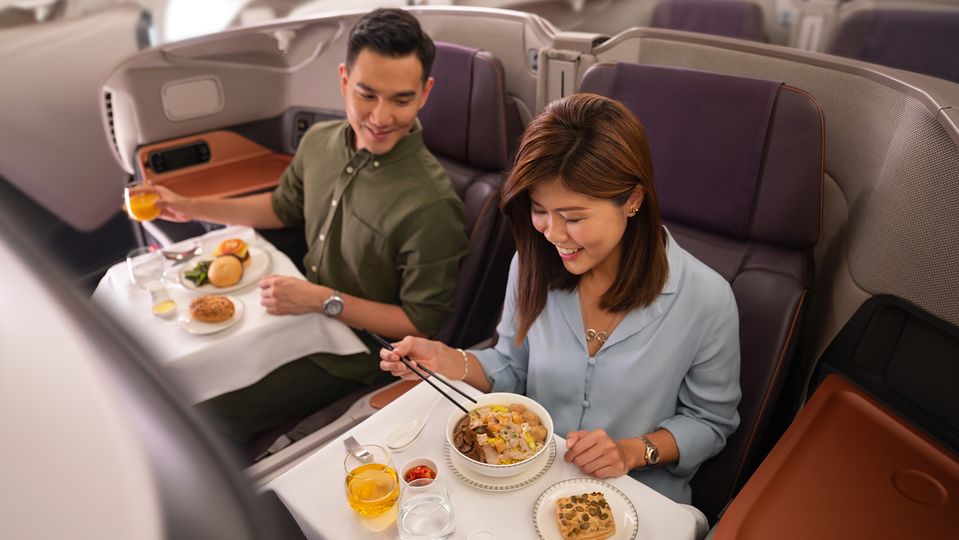
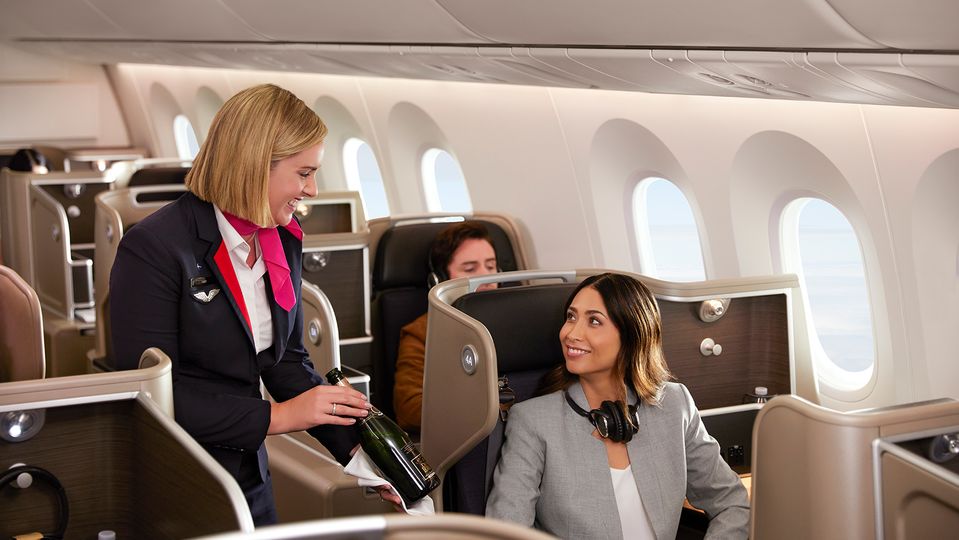
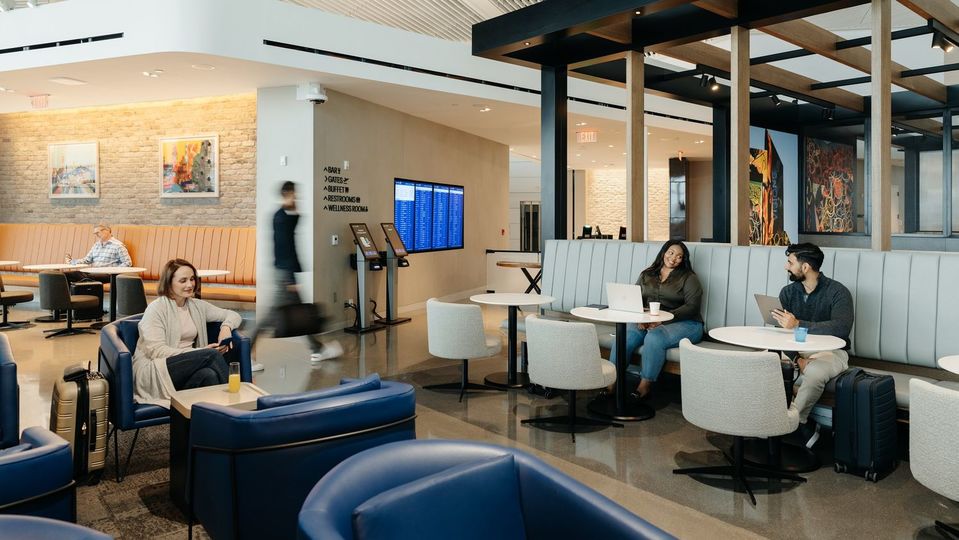


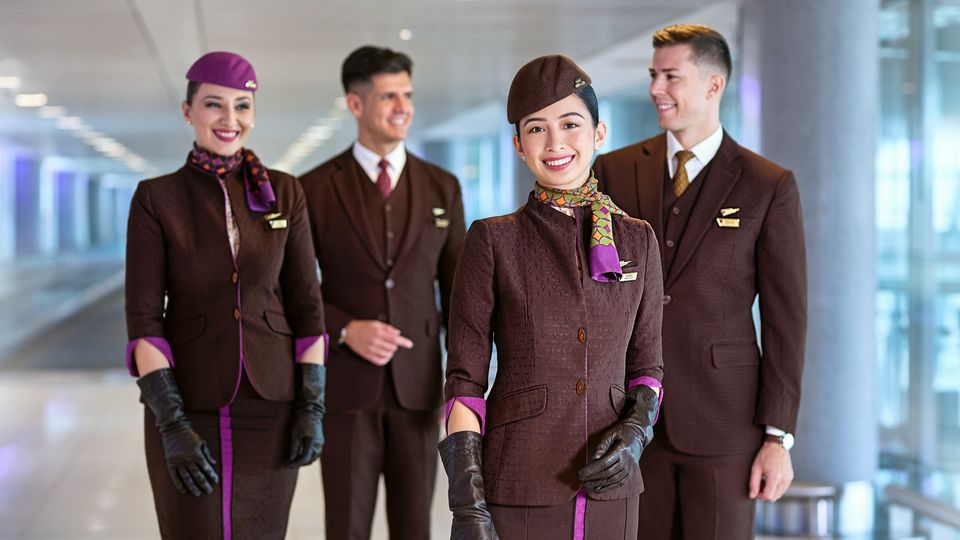
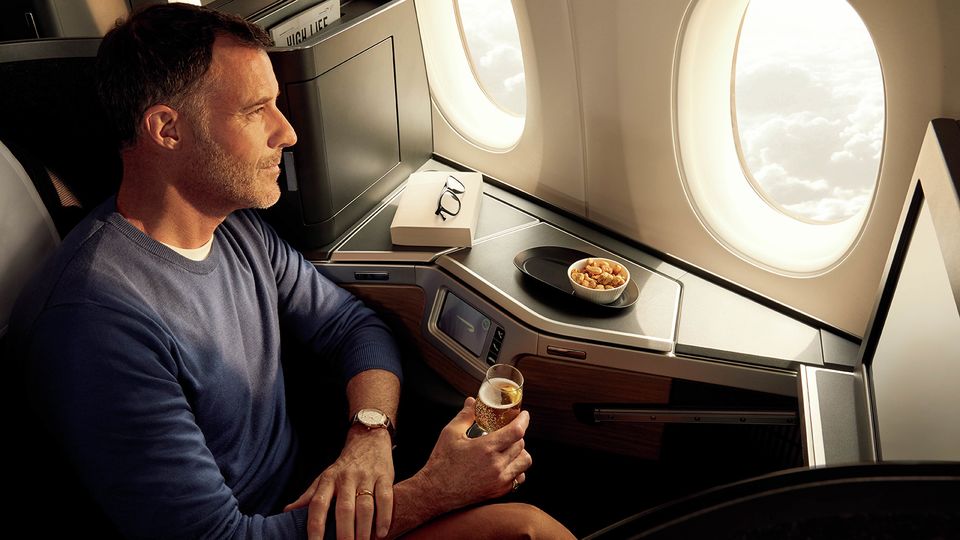
QF
11 Jul 2014
Total posts 1030
Choosing the right Frequent Flyer Program may come down to who you can buy the cheapest points from to fly. Like AA and flying QF, the downside with VA is they don't do anything special for the people earning over 2000 status credits, or as the QF CEO has stated she had one person earn over 12,000 status credits in a year.
13 May 2020
Total posts 827
for USA, Virgin seesm to be a much better programme, than Qantas. Seat availability on United seems much better than on QF.
09 May 2020
Total posts 579
Factoring into the equation is the QF and VA double status offer which is rather seen in other international airlines, and the rules involve flights on company metal. Hence those who fly frequently long haul international flights who not likely to use QF FF unless they specifically choose QF metal, whereas those who fly a lot of domestic will stick to VA or QF FF even those the $ to status ratio is still ridiculously lousy with double status compare to any international flights by any international airlines on a normal day… thanks to our land size and “back of the arse” location in the the world…. unless you are flying from DRW
03 Mar 2023
Total posts 37
Great article. I'm a OneWorld flier and I've all but abandoned Qantas FF. Instead I've been with Finnair and find their program FAR more generous in terms of awards points and gaining the next status level. An added benefit is that they're also much, much cheaper for Business Class flights to Europe. It's a win-win! It has been quite easy to get to Gold and retain it. And unlike Qantas, using points for upgrades is much easier. As a backup I'm also a member of Cathay Pacific's program, as I can transfer my credit card points to the Cathay program. Qantas is definitely not the best choice for OneWorld fliers.
Hi Guest, join in the discussion on How to choose the right frequent flyer program